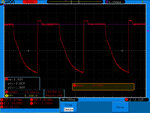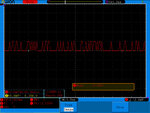Veketti
Full Member level 3
Dear All,
I have Oregon WMR200 wireless weather station which has three different kind of wireless sensors. Problem is that these sensors will stop intermittenly communicating with the main unit after say two ears. This is very annoying and I've tried to fix these by myself. So far I've done the obvious which is change the caps. But this doesn't seem to help. Could someone point me to right direction what should I check on this? I've got scope and multimeter on hand. So far I've had two units (wind speed/direction sensor and temperature/humidity sensor) intermittenly losing connection to the main unit. Probably same component is always failing.
Here's the picture of the PCB.

I'd be very happy if you could help me to fix this so that I wouldn't need to buy new sensor every two years..
I have Oregon WMR200 wireless weather station which has three different kind of wireless sensors. Problem is that these sensors will stop intermittenly communicating with the main unit after say two ears. This is very annoying and I've tried to fix these by myself. So far I've done the obvious which is change the caps. But this doesn't seem to help. Could someone point me to right direction what should I check on this? I've got scope and multimeter on hand. So far I've had two units (wind speed/direction sensor and temperature/humidity sensor) intermittenly losing connection to the main unit. Probably same component is always failing.
Here's the picture of the PCB.

I'd be very happy if you could help me to fix this so that I wouldn't need to buy new sensor every two years..
Last edited by a moderator:



